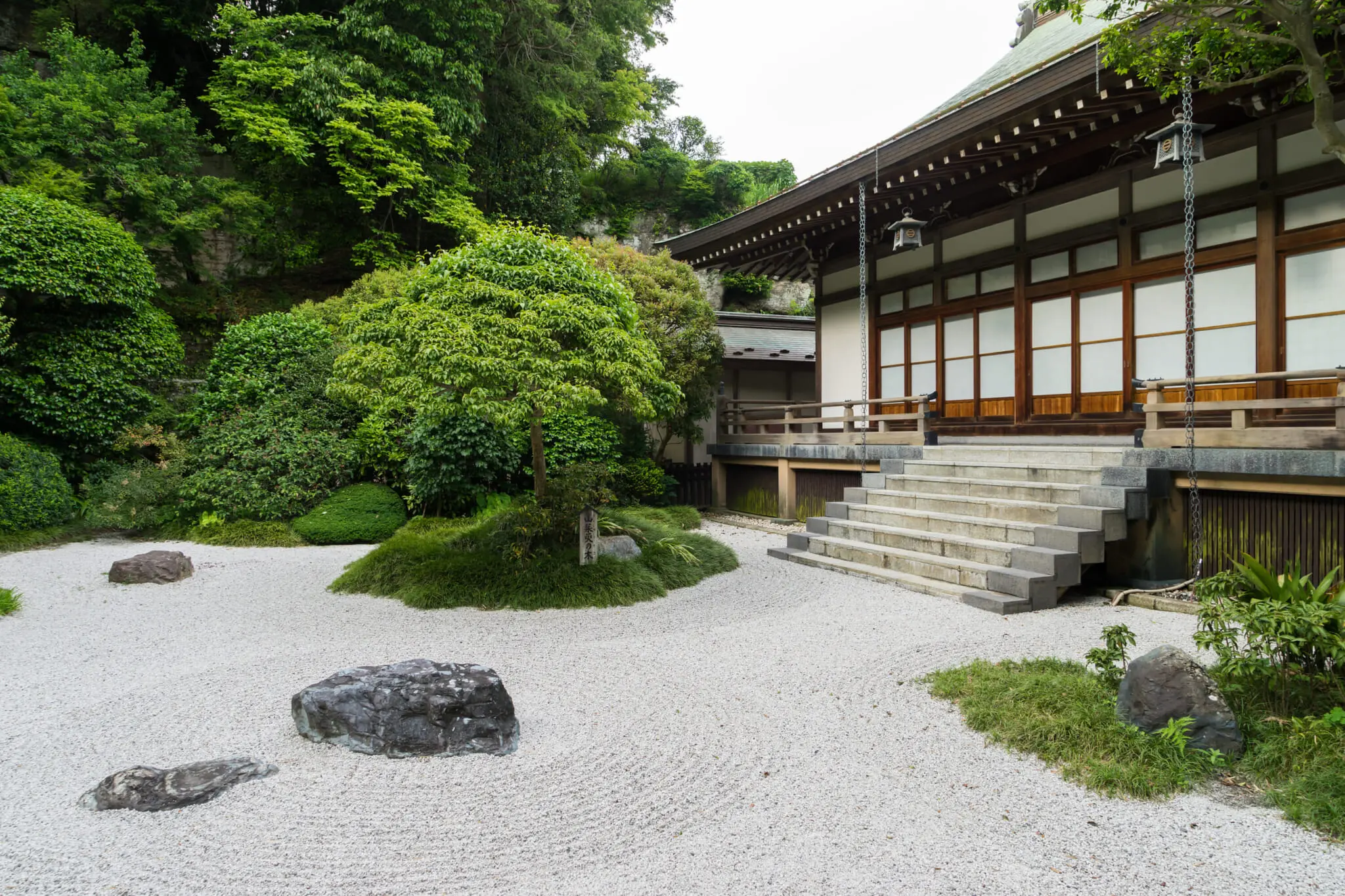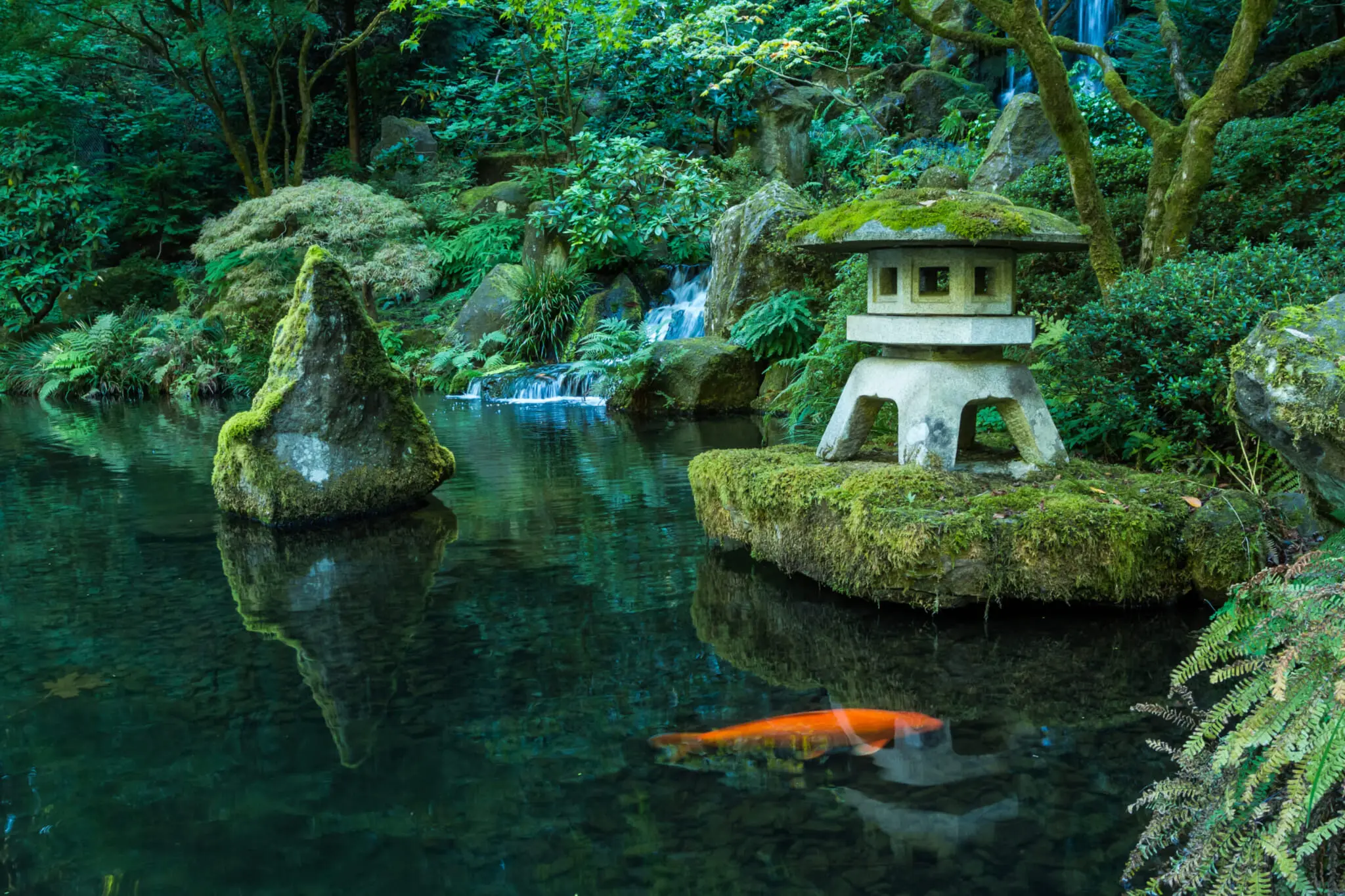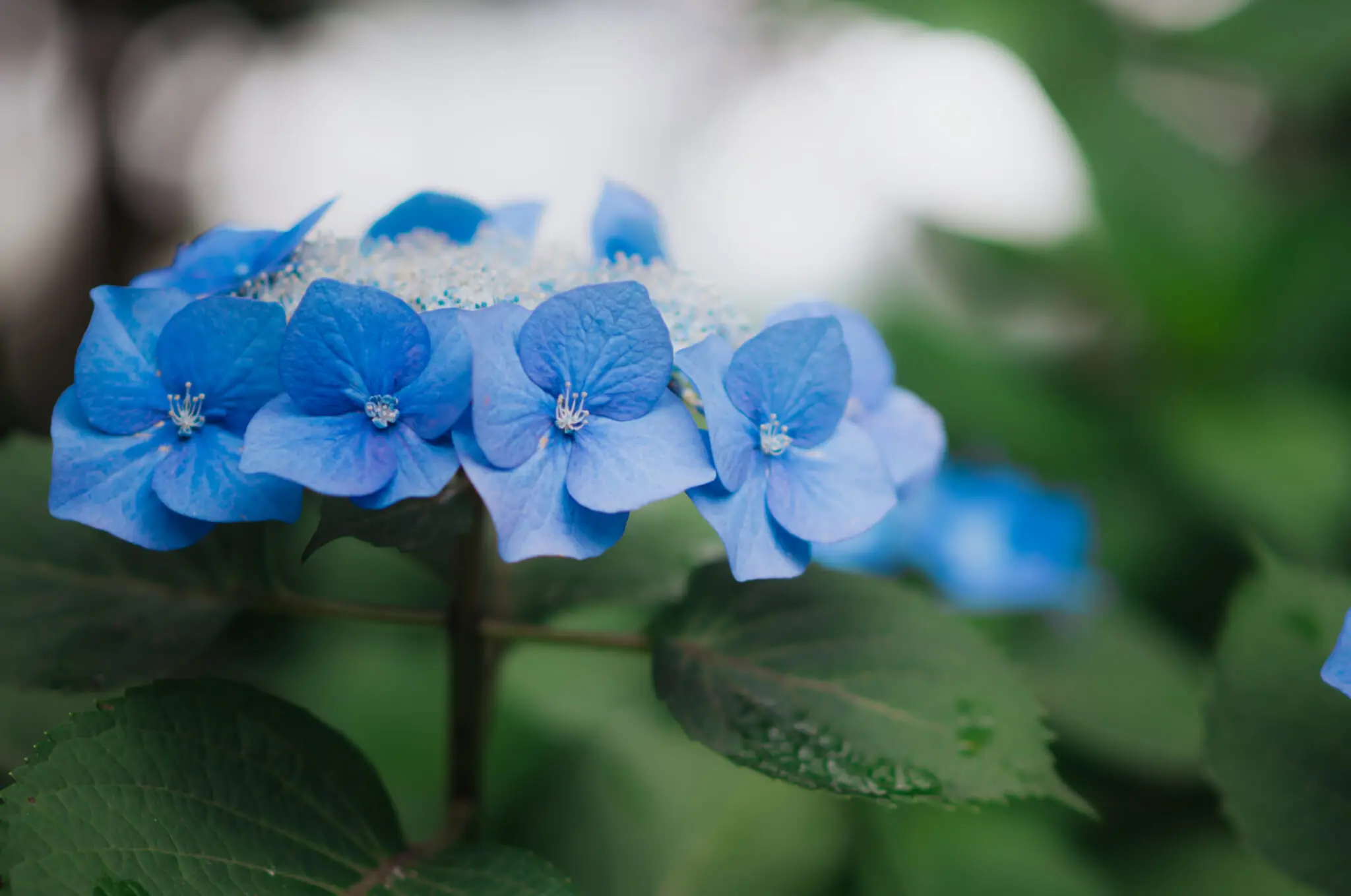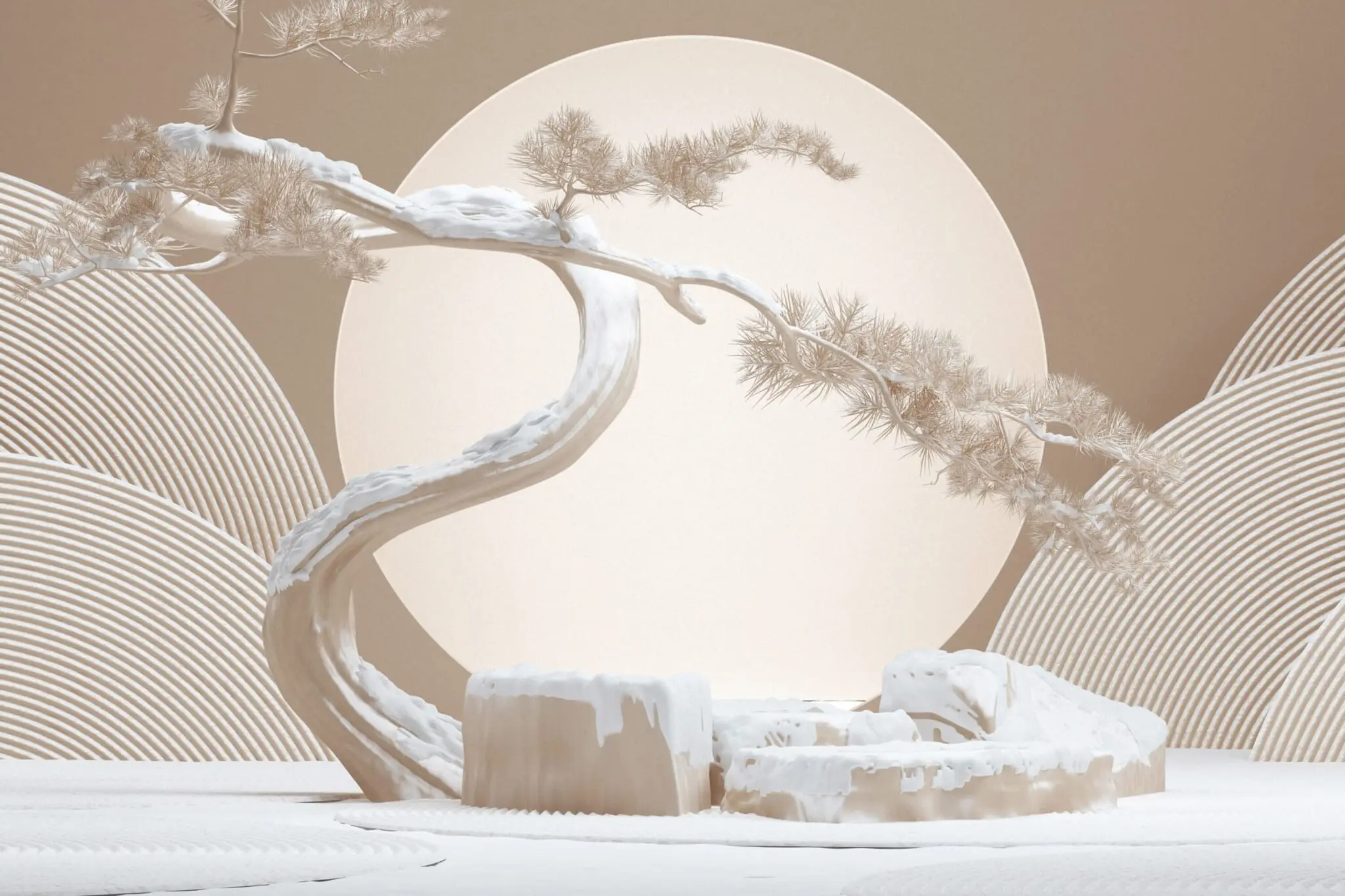A garden, whatever its country, is a space that reproduces the creation of the world. It is often characterized by an ordering, a domestication of “wild” nature. But what makes the Japanese garden specific and fascinating? Come and discover it through the different elements that compose it.

Enclosed Spaces and Aquatic Havens
Japanese gardens and their numerous zones are typically delimited by hedges, a bamboo fence, or an adobe wall. The diversity of the combinations of crossing and weaving of the plants used is impressive and unique techniques make it possible to create fences of all sizes and shapes adapted to their environment, as well as doors that fit in perfectly. The fences alone, however, do not make up the vast variety of natural elements you’ll find.
Japanese gardens are very much their own little world and everything you need to create and sustain life. Most Japanese gardens are designed around bodies of water. Often, the central element of a garden is one or more ponds, with islands in the middle. These can be real earthen islands with plants — often pines, a symbol of eternity — small structures or buildings and sometimes majestic stones.
Gardens that expand vastly might also feature streams and small waterfalls that can be natural or artificial, depending on when the garden was constructed, though most gardens today have been remodeled after World War II.
And even when there is no water, the water element can be represented by a large expanse of sand or gravel. Bigger stones can then represent waterfalls, while a series of smaller stones can represent streams.
Paths and More Paths
Some Japanese gardens will encourage visitors to wander around the area thanks to paths as well as bridges, the latter of which connect the various islands. Landscape designers have multiplied forms and structures, ranging from simple wooden planks to superb stone bridges.
The paths themselves can take many shapes and often change to suit the surrounding area of the garden you walk through. Stepping stones are a great example of paths that seemingly connect with their environment all the while allowing you to walk through moss, sand and even water. Be careful though: If a small stone wrapped in rope is placed on it, it means that the path stops there, so you must not go any further.

Something Borrowed
To create varied landscapes and viewpoints, landscape designers add relief by creating hills and small mountains within the garden itself. Sometimes, they “borrow” the surrounding landscape or scenery, a technique called shakkei in Japanese. The Okayama Korakuen Garden is famous for demonstrating this technique to a T, where it uses the nearby Okayama Castle structure as a point of reference for every other element. Ritsurin Garden in Takamatsu, Kagawa Prefecture, does the same but borrows the mountains in the distance.
Japanese gardens don’t only borrow from the landscapes around them. Like many other parts of traditional Japanese culture, wabi-cha (and by extension, wabi-sabi) has contributed to the codification of what many would call traditional Japanese arts. This includes Japanese gardens. From then on, landscape elements such as paths, lanterns and even gazebos were extensively codified, especially in gardens whose designs incorporate one or more tea houses.
Seasonal Flowers and Plants
Gardens, along with parks, not only serve as an escape from the hustle and bustle of the city but they double as a go-to place to admire the passing of the seasons.
Japanese gardens are not as flower-forward as some European gardens, but this doesn’t mean they are completely devoid of color or don’t have any flowers at all. Instead, plan your visit with the intention of appreciating the passing of the seasons. Plum trees, cherry trees, maple trees and hydrangea bushes show their gradients of colors at different periods of the year. Some gardens, notably the Nezu Museum’s garden in Tokyo, have flower beds that bloom only during certain months.
Even in the odd odd weeks between seasons, Japanese gardens offer lush greenspaces with thriving moss and bamboo trees year-round.

Photo by Lisa Knight
Japanese Gardens in Tokyo and Around Japan
Tokyo Weekender has its very own lists of the best gardens in Tokyo and around Japan. To find out what they are, check out the following articles:
- List of 7: Recommended Japanese Flower Parks This Spring
- Ashikaga Flower Park: A Dreamy Destination in Any Season
- 8 of the Most Beautiful Parks & Gardens in Tokyo
For those interested in Japanese gardens, the author recommends picking up the book Design Parts Collection In Japanese Traditional Style Garden.









